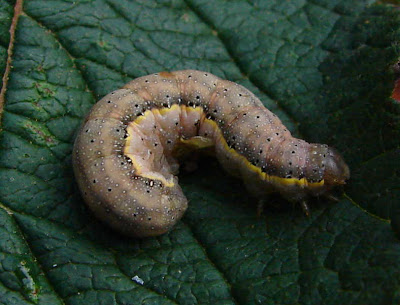
Helen and Ian gave me an early birthday present on one of our visits to Otter Nurseries – two grasses (
Carex Comans Red and
Festuca Blue Fox) and an
Agapanthus Tinkerbell. I treated myself to a
Phormium Dark Delight. Helen and Ian also gave me two grasses of their own –
Stipa tenuissima Cornwall Chillis and
Pennesetum villosum Cream Falls.
Part of the front garden has been a bit of a mess for the past year so I have decided to turn it into a grass garden. It had a large Elder tree which was suckering and seeding everywhere so I cut it down a couple of years ago and replaced it with a Privet, a Willow and Buddleia. Alongside them were the main conifer hedge on one side and a huge Mock Orange and Cotoneaster on the other.

In between rainy spells this last few days I have dug over the patch and drastically pruned the Mock Orange, Cotoneaster and Hedge. I got rid of the elder seedlings, nettles, ivy and general weeds to create a space for the grasses. I’ve also included some divided grasses from the back garden such as
Uncinia rubra and a bicolour
Carex Evergold. I’ve also put in a Black Grass (
Ophiopogon planiscapus), some
Allium bulbs and some Kaffir Lilies. A Yucca, a Cordyline, and a
Phormium Tricolor and a Bamboo (
Fargesia Muielae Mae) complete the border for the moment. I have left most of the plants in their pots to avoid the problems of identifying what is grass and what is weed next spring and also to stop plants like the Bamboo spreading too far.






























